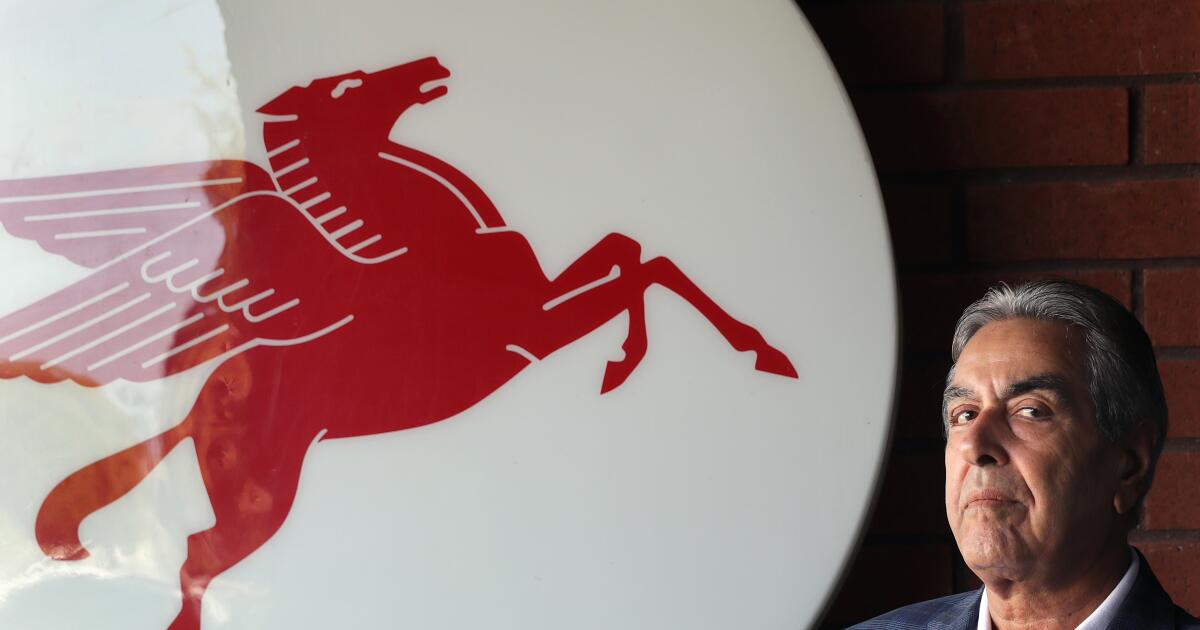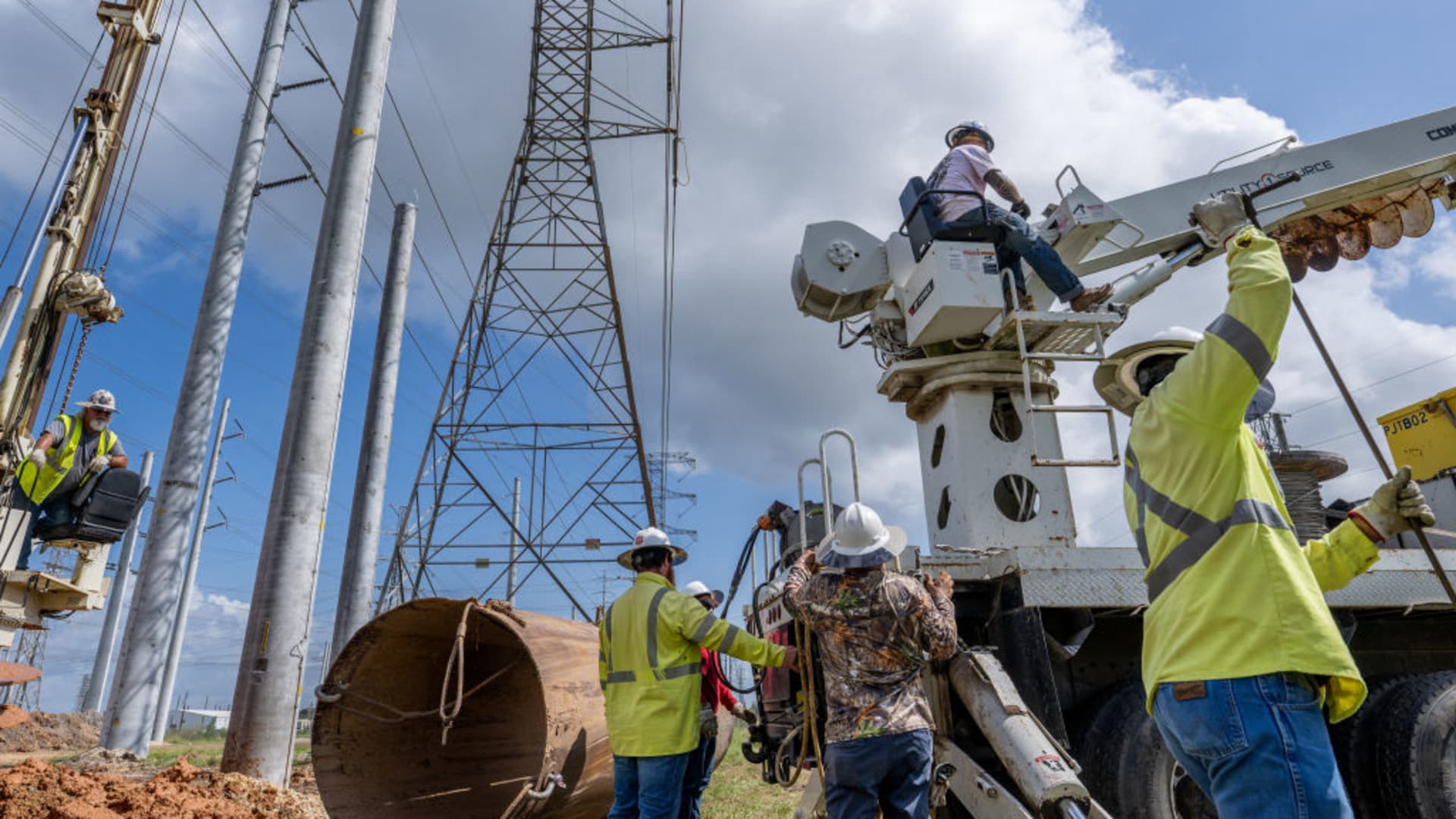OH I agree on one point with you... 1.5 times the world's GDP is absurd! THAT's why I showing the following numbers!
PLEASE ... PLEASE be an honest person and explain where the below FACTS supported by the links I've provided ARE WRONG from the EXPERTS?
OK.. let's really look at the below..
1) Additional kWh of 14,410,963,320,000 bases on 80% of cars AND TRUCKs you didn't calculate that did you... are EVs.
2) Assuming at 14,263 average per driver in USA will require 650,963,320,000 kWh IN ADDITION to what we currently use of 4.154 Trillion kWh.
3) But you forgot TRUCKS!!! 80% of EV trucks averaging 4.3 kWh/ mile driving 84,433 miles a year or 3,200,000,000,000 miles means:
4) 13,760,000,000,000 kWh! AND YOU and others forget about the nearly 37 million trucks if 80% are EVs!!!
5) Finally total cost to construct and to run 1 Wind Turbine that generates 10,116,000 kWh/year for one year: $104,922,000 !
Remember just on WT requires 60 acres of land management for each megawatt produced.
Remember the land is usually leased and the lease prices go up as the land becomes scarce...
OH ONE VERY MAJOR point I didn't add into the below which is true whether powers plants are by WTs, solar panels, etc...
HOW does the electricity get from the power plants to the home?
IT is called the GRID!!! NO cost has been calculated for what additional grid costs will be to move 14.4 Trillion kWh.
Today it cost just for grid transmission.
After adjusting for inflation, major US utilities spent using 2020 dollars, and spending on delivery was 4.3 cents/kWh in 2020,
US utility transmission and distribution costs have been rising faster than electricity production costs over the past decade, with utility spending on power delivery 65% higher in 2020 than in 2010,

www.spglobal.com
To deliver to the homes 14.4 Trillion kWh through the entire GRID, will cost an additional $619,671,422,760... who pays that???
Building transmission lines in the U.S. is like herding cats.
All of the stakeholders in the construction of a new line — utility companies, regulators, landowners — have to come to an agreement, and they may have competing interests.
Ultimately, electricity customers pay for new transmission lines via a surcharge in their electric bill. The amount must be approved by regulators.
Building transmission lines in the U.S. is a slow process with many stakeholders, and the delays are holding back the country's clean energy transition.

www.cnbc.com
SO please do a little validation research, check the links, check the math WAY more than just give a total uninformed opinion!
View attachment 786354

www.latimes.com



